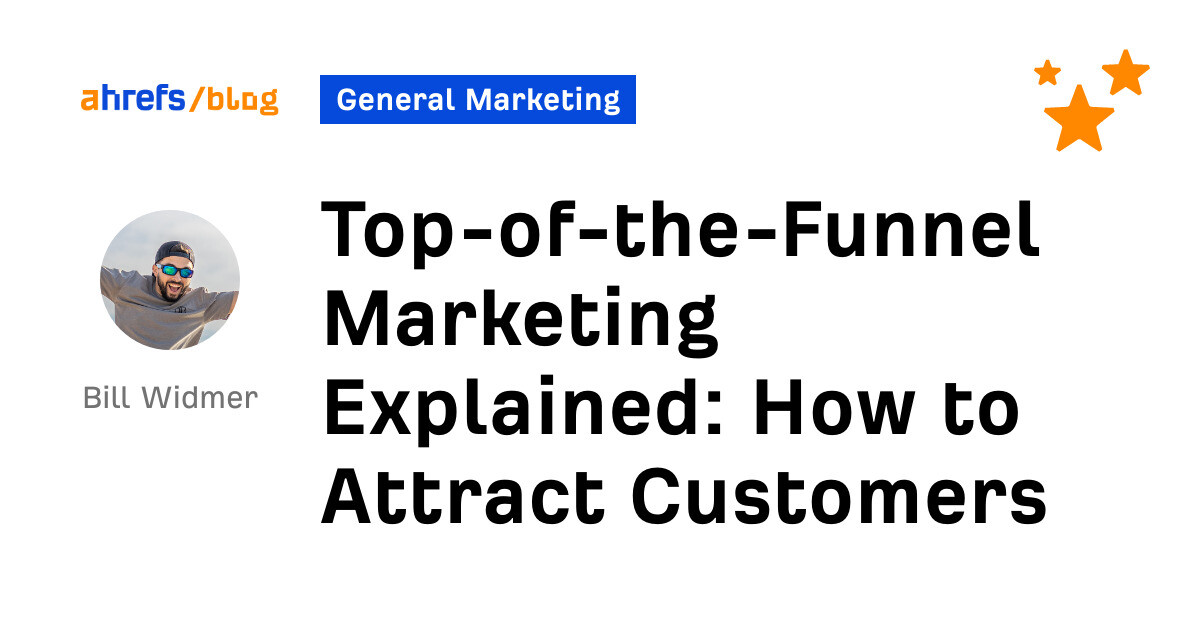Welcome to HubSpot Marketing News! Tap in for campaign deep dives, the latest marketing industry news, and tried-and-true insights from HubSpot’s media team.
Hollywood screenwriters are now two weeks into their strike against major networks and streaming companies.
The strike, which is expected to last well into summer, began on May 2 after six weeks of failed negotiations between the Writers Guild of America (WGA) which represents over 11,000 working screenwriters, and the Alliance of Motion Picture and Television Producers (AMPTP) which negotiates on behalf of major entertainment companies including Disney, Paramount, and Amazon.
According to the WGA, median weekly writer-producer pay has dropped by 23% over the past decade. A major contributor to this drop is the rise of streaming platforms that call for shorter seasons for shows and less job security for writers compared to network television.
Demands of the strike include increased pay, job stability, and considerations around the use of artificial intelligence.
Networks Are Bracing for Impact
Live shows including Saturday Night Live and late-night talk shows were immediately impacted by the strike, airing reruns or going off the air completely. The strike has also delayed production for many scripted shows.
Beyond production, this strike could have a major impact on the TV industry’s bottom line.
Many television networks and streaming platforms rely on advertising for revenue, which could be threatened if there’s no fresh content to air. While some streaming services have a backlog of content to release, they could run out or see an influx of canceled subscriptions depending on how long the strike lasts.
If networks and streaming services are unable to air new content, advertisers could be looking to shift dollars elsewhere.
Sounds Familiar…
This isn’t the first time screenwriters have walked out.
In 1988, members of the WGA went on strike for 153 days due to disagreements with the AMPTP over residual payments, creative rights, and production cost cuts. Most recently, from 2007-08, WGA writers went on strike for 14 weeks demanding compensation for new media (mainly online content) and residuals from DVD sales.
The latter strike resulted in the disruption and cancellation of a number of popular scripted shows and cost the California economy $2.1 billion. During this period, networks leaned into the production of nonscripted reality TV shows to keep advertising dollars rolling in and audiences engaged.
This time around, advertisers and audiences have more options.
Other forms of media have debuted and become widely adopted since the last strike ended in 2008. Between social media ads, podcast placements, and influencer marketing, advertisers have plenty of other places to spend their budgets if the current strike persists.
And with apps like TikTok and YouTube vying to be top entertainment platforms, audiences have other places to give their attention.
Elsewhere in Marketing
The latest marketing news and strategy insights.
Twitter has a new boss. Former NBCUniversal executive Linda Yaccarino is the app’s new CEO.
Meta just introduced a new advertising tool that enlists AI to run more efficient campaigns.
Google lifted the waitlist for its AI chatbot Bard and introduced new features including multi-language support, and export capabilities.
European Union considers implementing stricter cybersecurity protections for non-EU companies including Amazon, Google, and Microsoft.
ByteDance is slowing down the rollout of TikTok’s in-app shopping platform.




![How to Optimize for Google’s Featured Snippets [Updated for 2024]](https://moz.com/images/blog/Blog-OG-images/How-to-Optimize-for-Googles-Featured-Snippets-OG-Image.png?w=1200&h=630&q=82&auto=format&fit=crop&dm=1724004002&s=13df73104762982790dab6dc8328023f)


